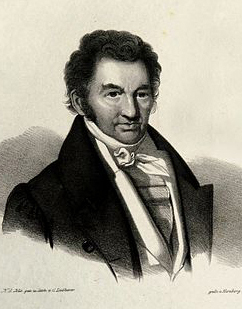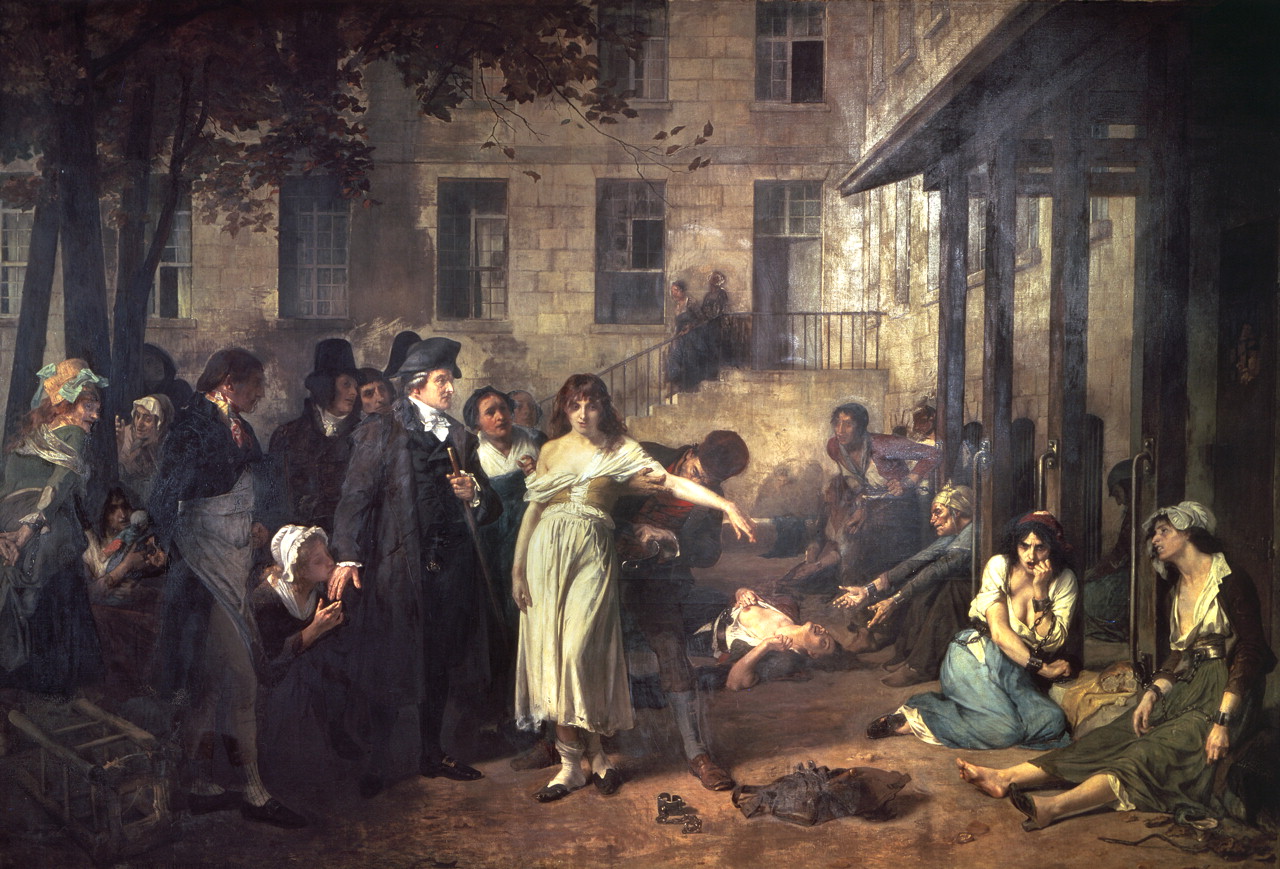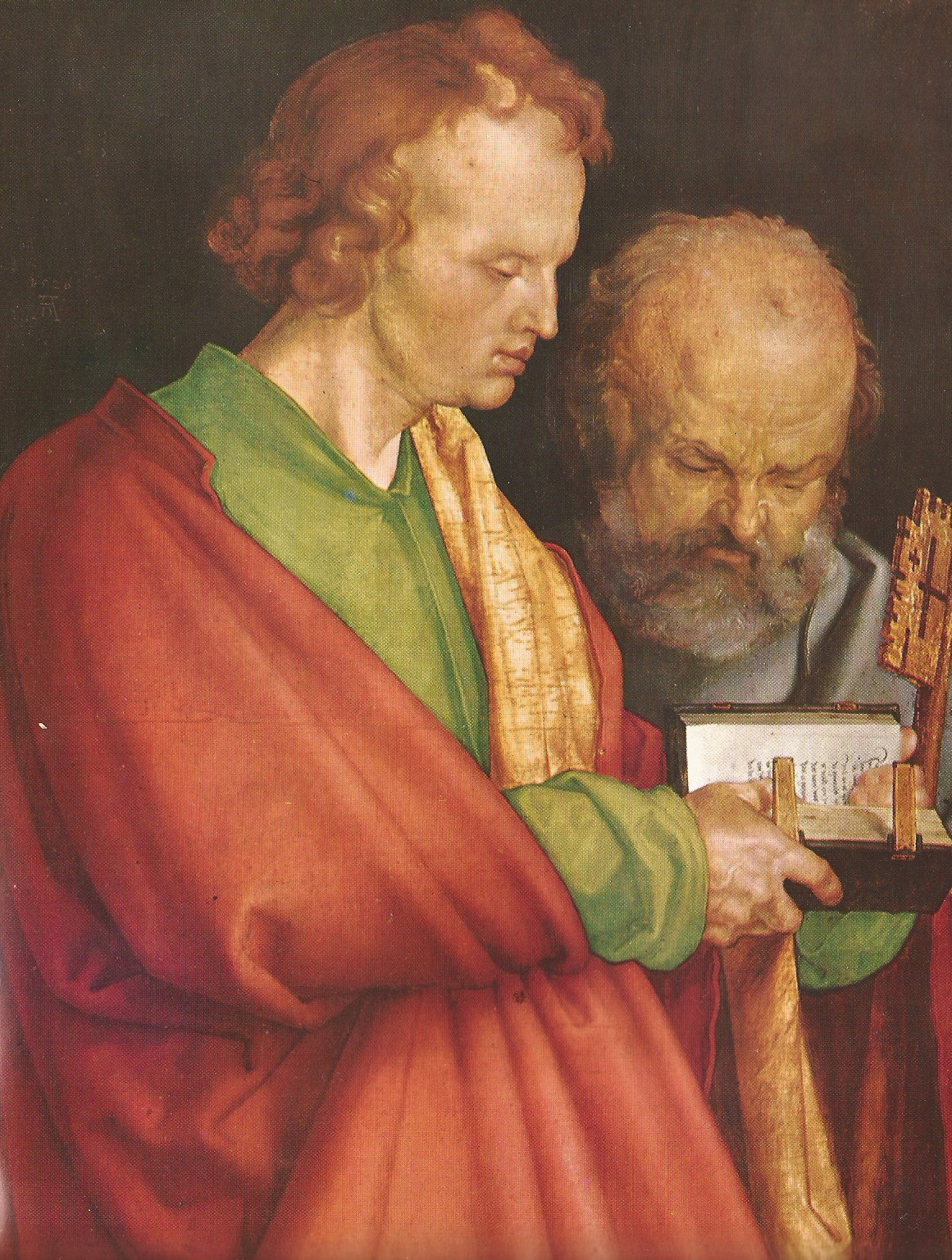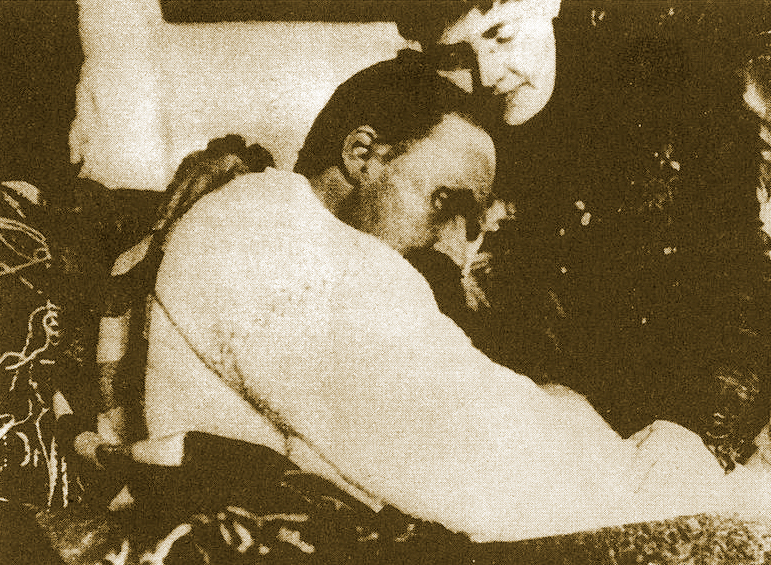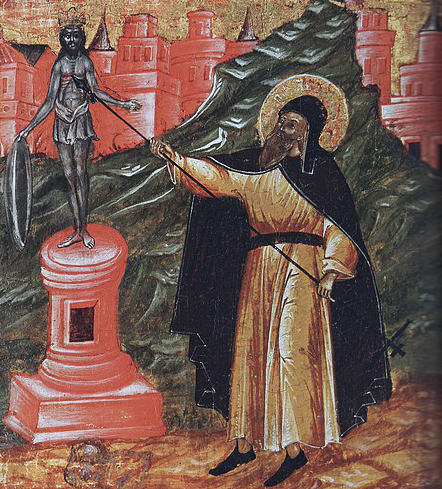 The great revolution in modern psychiatry occurred in the 1930s. Previously, with his instruments Heinroth and his colleagues had assaulted the body of citizens to control. But in the 1930s the assault on the body was abandoned by a more effective method: assaulting the brain directly. Metrazol shock, insulin shock and electroshock were introduced knowing that it killed brain cells.
The great revolution in modern psychiatry occurred in the 1930s. Previously, with his instruments Heinroth and his colleagues had assaulted the body of citizens to control. But in the 1930s the assault on the body was abandoned by a more effective method: assaulting the brain directly. Metrazol shock, insulin shock and electroshock were introduced knowing that it killed brain cells.
Pentylenetetrazol (commercially known as Metrazol in North America and Cardiazol in Europe) causes a huge reaction in the victims. They suffered seizures so violent that they frequently broke their teeth, bones and spine. Metrazol shock was so devastating to the brain that, once its effect passed, some suffered regressive states and acted like babies; they played with their faeces, masturbated and wanted the nurses to mollycoddle them. When they recovered they prayed ‘in the name of humanity’ that they would not be injected with Metrazol again: a drug that subjugated even the hardest of the military. But by 1939 it was common to use Metrazol in most hospitals of the United States, which meant that in those times some inmates used to receive several injections.
The New York Times, Harper’s, Time and even Reader’s Digest joined the chorus of praises about a similar psychiatric treatment: insulin shock, which also produced frightening seizures. A Time writer wrote that while the patient descends in the coma ‘he shouts and bellows, gives free vent to his hidden fears and obsessions, opens his mind wide to listening psychiatrists’. The psychoanalysts interpreted the complaints of the victims in favour of their colleagues. In a meeting of the American Psychiatric Association Roy Grinker interpreted that the patient ‘experiences the treatment as a sadistic punishment attack which satisfies his unconscious sense of guilt’.[16] Robert Whitaker, the author of a study on American psychiatry, calls this epoch, the first fifty years of the 20th century, ‘the darkest time’ in the history of psychiatry.
1935 marked the birth of lobotomy. Egas Moniz, a Portuguese psychiatrist, had started his experiments using alcohol to destroy the brain tissue of the frontal lobes, but changed the method by cutting them directly with a scalpel. His first guinea pig was a prostitute, and three months later he had lobotomised twenty people, each time daring to cut off more brain tissue from his victims. According to Moniz ‘to cure these patients we must destroy the more or less fixed arrangements of the cellular connections that exist in the brain’.[17] Moniz’s work led to an explosion of lobotomies in the West, especially in the United States, but also in the United Kingdom, Italy, Romania, Brazil, Cuba and eventually in Mexico.
In 1941 the neurosurgeon Walter Freeman called this practice ‘brain-damaging therapeutics’.[18] At least we must give Freeman credit that he did not express himself in Newspeak, but in the lingua franca of Heinroth: he recognised that lobotomy damages the brain. But in that decade the Swedish Academy awarded Moniz the Nobel Prize in medicine and the media was enthusiastic about the novel therapy, including the New York Times, Time and Newsweek. A New York Times editorial celebrated with these words the success on lobotomised people: ‘would-be suicides found life acceptable’.[19] With such social support tens of thousands of lobotomies were practiced in the 1940s and 50s. It was believed that college students who had emotional problems, and even spoiled children, were ideal candidates for Freeman’s lobotomy.
Whitaker mentions the effects of this radical operation. A lobotomised woman was described as ‘fat, silly and smiling’. Although she had been of lineage, another woman who underwent the operation defecated in a garbage dump. Lobotomised patients grabbed the food from the neighbour’s plate, or vomited in the soup and kept eating. Some of them did not get out of bed unless a family member ordered them to do so, and it was common for them to urinate there. Others just looked out the window. Those who had had jobs before the operation were unable to make a living by themselves. It was possible to insult them and get a smile in response.
Some referred to lobotomy as ‘a surgically induced childhood’, and you can already imagine the burden it represented for families to support them. But Freeman and his assistant Watts had a more positive view of things. They wrote that the lobotomised patient could be considered ‘a household pet’.[20] The reports of the scientific journals also painted things in a favourable light for the medical profession. The language of science claims to be neutral, apolitical and non-emotional. It does not wield value judgments: the diametrically opposite to what I do in this book. In the professional literature where graphs and figures abound it is easy to write articles where the tragedy left by these semi-vegetable humans was not perceived as a crime.

Walter Freeman at the moment of cutting the healthy
brain of one of his victims. Note how this was done
openly with students learning from the lobotomist.
The ‘brain-damaging therapeutics’ of Moniz and Freeman lost momentum in the 1960s and 70s. It is currently difficult to know how many lobotomies are made in the world each year. According to an article in defence of lobotomy in Psychology Today (March/April 1992), at the beginning of that decade there were at least 200 to 300 ‘psychosurgeries’ openly declared every year. In fact, in the new century a few doctors still promote ‘psychosurgery’ for severe emotional problems and in some states of the United States special councils have been formed to review all proposals for these operations.[21]
Although lobotomy fell into relative disuse, electroshock remains a standard psychiatric practice in the 21st-century profession. The electroshock was developed in 1938, inspired by a slaughterhouse in Rome where the pigs were electro-shocked to make it easier to slice their necks. A psychiatrist, Ugo Cerletti, had been experimenting with electric shocks on dogs, putting electrodes on the snout and anus of the dog. Half of the animals died of cardiac arrest. After seeing the electro-shocked pigs Cerletti decided to use it on humans.
Cerletti’s first guinea pig was a homeless man who roamed the train station in Rome. Shortly after, in 1940, electroshock therapy was admitted at the other side of the Atlantic. Manfred Sakel, who introduced insulin shock in medical practice, compared his technique to the electroshock and commented on the latter: ‘the stronger the amnesia, the more severe the underlying brain cell damage must be’.[22] This was another form of the ‘brain-damaging therapeutics’ of Moniz and Freeman.
Although the psychiatrists recognised all this in their specialised journals, in their public pronouncements they were more cautious. They painted ‘electroconvulsive therapy’ as a harmless therapy and said that the loss of memories was temporary. The media took the propaganda as honest science, and by 1946 half of the beds in American hospitals were occupied by psychiatric patients, some of whom had suffered the therapy.
Two years later Albert Deutsch published The Shame of the States and an article appeared in Life magazine with impressive photographs about a reality that the American people ignored: what happened in the concentration camps called psychiatric institutions. Although the images contributed to the reform of the public facilities in the United States, the 20th century witnessed two other psychiatric revolutions. One was the consortium between psychiatrists and pharmaceutical multinationals; another, the invention of chemical lobotomies in the 1950s. Surgical lobotomy would fell into relative disuse in favour of the use of neuroleptics: a more subtle form of social control.
______________
[16] The revelations about Metrazol appear in Whitaker’s book.
[17] Egas Moniz, quoted in Mad in America, 113.
[18] Freeman, quoted in ibid, p. 96.
[19] Quoted in ibid, p. 138.
[20] Freeman, quoted in ibid, p. 124.
[21] Lobotomy, Microsoft® Encarta® Encyclopedia 2000. On the resurgence of lobotomy, see Breggin: Toxic Psychiatry, pp. 261ff and an article by Lawrence Stevens that can be read on the internet: ‘The brain-butchery called psychosurgery’.
[22] Manfred Sakel, quoted in Mad in America, p. 98.
______ 卐 ______
Liked it? Take a second to support this site.

